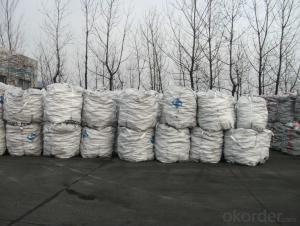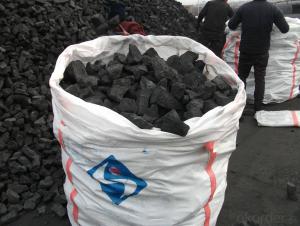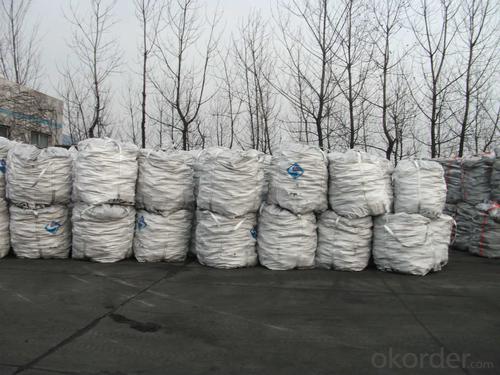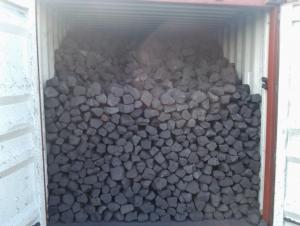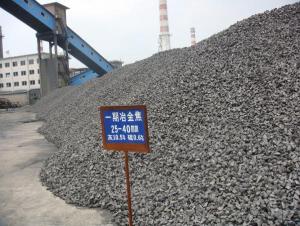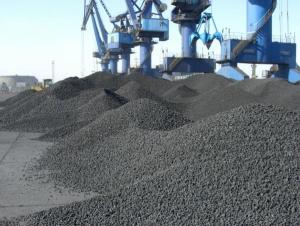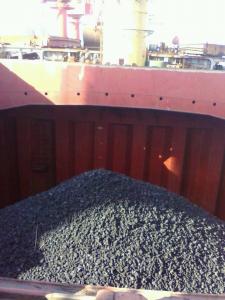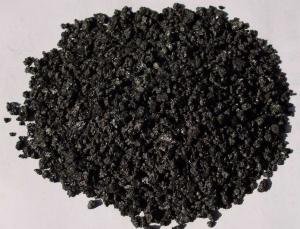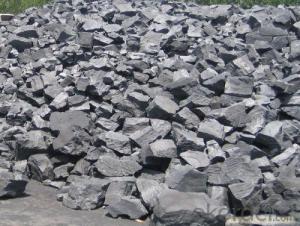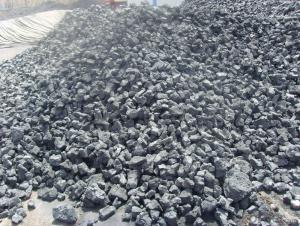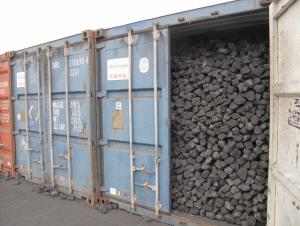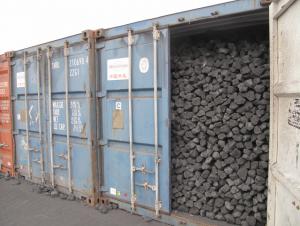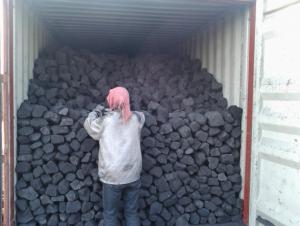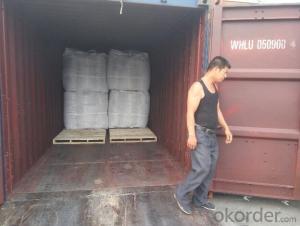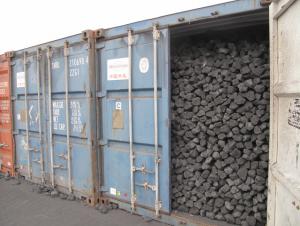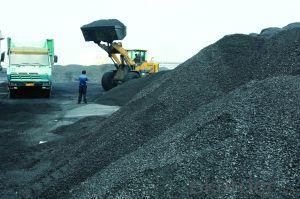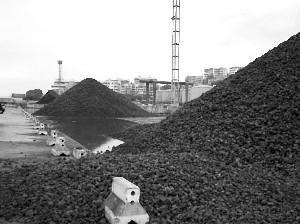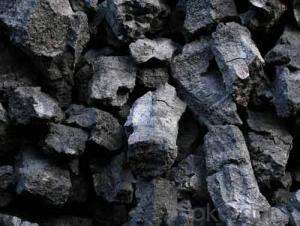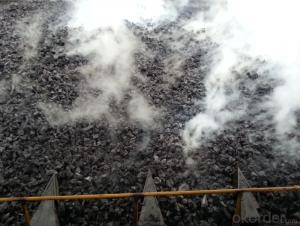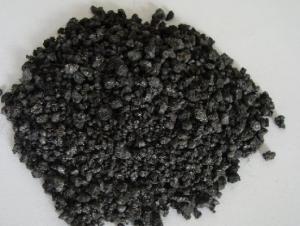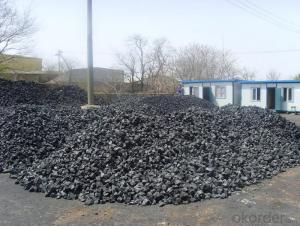Foundry Coke with Ash 12%
- Loading Port:
- China Main Port
- Payment Terms:
- TT OR LC
- Min Order Qty:
- -
- Supply Capability:
- 10,000MT m.t./month
OKorder Service Pledge
OKorder Financial Service
You Might Also Like
Foundry Coke Ash 12%
Parameters | Guarantee |
Total Moisture (As received basis) | 5% Max |
F Fixed Carbon (dry basis) | 86% Min |
Ash (dry basis) | 12% Max |
Volatile Matter (dry basis) | 1.5% Max |
Sulphur (dry basis) | 0.6% Max |
Size: | 80-120mm or 120-250mm |
Usage/Applications
Cupola isthe most common type of melting furnace used in the foundry industry. Heat,released from combustion of Foundry coke in the bed, melts the metallic chargematerials. Cupola operators depend upon foundry coke for several reactions intheir melt units:
● Energy to support the melting of the iron,alloys and fluxes in any given charge
● Carbonpick-up as the iron drips past the coke bed area upon melting
Main Features of the Product
● Perfect Size
● Low sulphur
● Ready to ship in stock
Inspection
CCIC at loading port to be final to both parties inquality and quantity
Packaging & Delivery
Foundry coke is to be packedin one ton bag or loose in container.
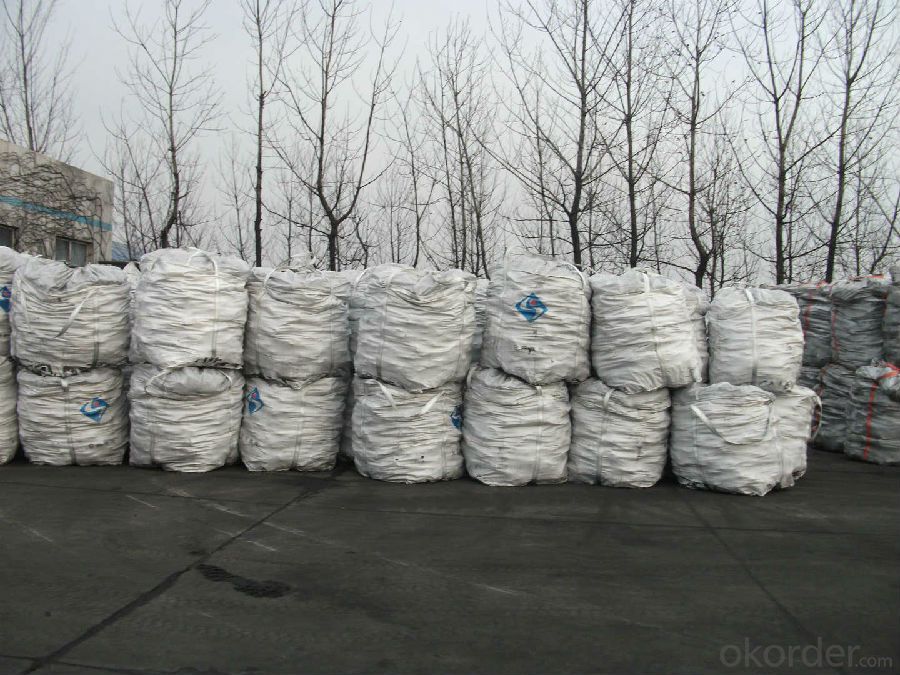
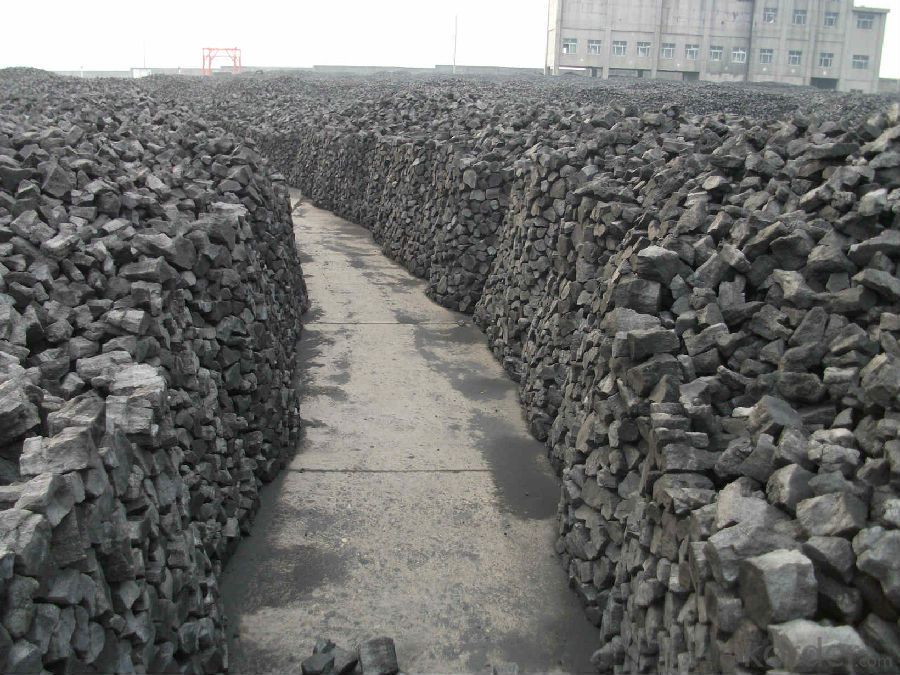
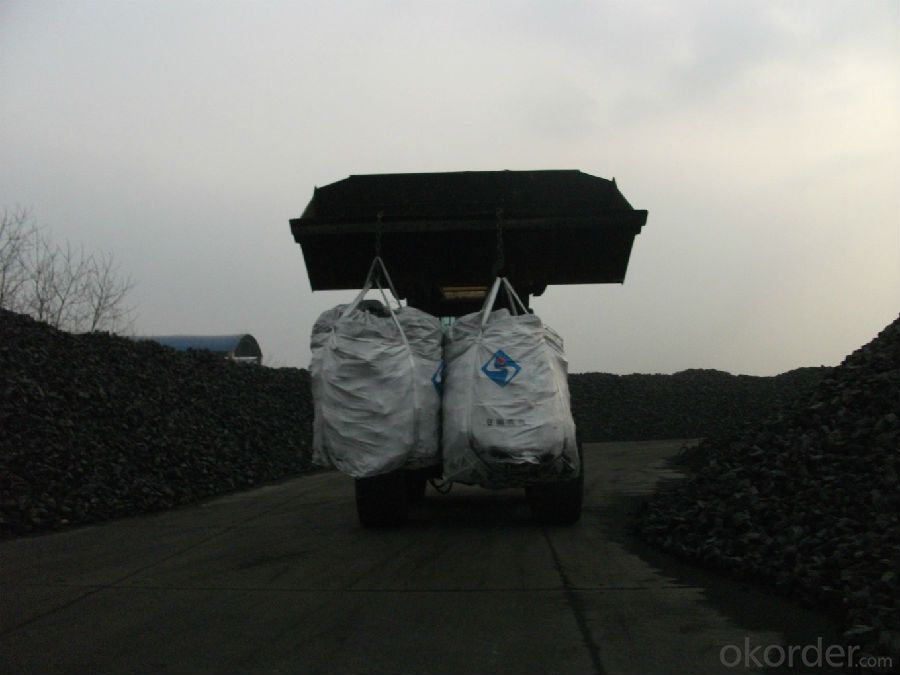
- Q: The difference between coal and coke
- The production of coke products in general is mainly based on high temperature carbonization, and the carbonization temperature usually needs about 1000 degrees celsius. After years of development, the current large-scale coke furnace equipment and technology is relatively mature, have equipment to improve the yield so as to achieve large-scale production conditions, coke furnace built in recent years, each with a yield of about 500 thousand tons, the highest can be even more than 1 million tons / year, such as the recent launch of mine international coking plant two chamber coke oven 7.63 m, each with a yield of 1 million 100 thousand tons per year.
- Q: Standard grade two grade coke standard
- 2, the phosphorus in the coke: iron metallurgical coke coke content should be in the following 0.02 - 0.03%.3, the ash content of coke: Coke Ash on the impact of the blast furnace smelting is very significant. Coke ash increased by 1%, coke consumption increased by 2 - 2.5%, therefore, the reduction of coke ash is very necessary.4, volatile in coke: according to the volatile content of coke can determine the maturity of coke. Such as volatile content is greater than 1.5%, is said to produce coke; volatile less than 0.5 - 0.7%, it is said to be overdone, the general maturity of metallurgical coke volatile is divided into about 1%.
- Q: What is the reasonable ratio of coal to coke
- According to the proportion of each unit type, different operation, different existing coal and different coke quality requirements are different and so on, can be said to suggest that the landlord can look at the altar of the myriads of changes, in some aspects of the coal blending, grasp some general principles, and then develop the proportion according to the actual situation.
- Q: We would like to export a batch of coke, I would like to know what information is required for a permit
- 1, the Ministry of commerce website download and fill in the import and export license enterprise electronic key application form".2, fill in the application form, the "Registration Form for foreign trade dealers original and copy" or "foreign investment enterprise approval certificate original and copy" and "for the people of the Id original and photocopy" issued by the Department of foreign trade and economic cooperation when sending license, receiving approval.3, through the examination and approval, notify the enterprise payment. The examination and approval authorities will fax to Beijing materials guofuan e-commerce security certification of the company, making the electronic key by guofuan company, guofuan company will make a good electronic key, the installation and use of CD, invoice and electronic key receive confirmation etc. three express mail to the examining and approving authority for the examination and approval organ shall notify the enterprise.
- Q: Coke is divided into several kinds of specifications ah
- Use:Fixed carbon above 83; sulfur below 0.5; volatile below 1.5; about 15 ash coke for metallurgical e: mechanism: {; applied to steel coke particle size 8cm-150cm:{} with hot metal; for motor shell, radiator, mechanical counterweight cast char: {of} fertilizer for hot metal; coke bulk modified casting shell, radiator, electric}: {mechanical counterweight for ordinary casting furnace;} machinery parts and other parts suitable for roughly 2-3.5 tons of coke particle size for 25cm:{type common casting and casting products slightly strict; such as fire pump pipe fastener} fixed carbon above 85; volatile ash 13.5 1.5.; the following: 0.5; sulfur with coke particle size above 8cm for ordinary casting: {} 25cm {type coke particle size; for precision casting and ductile casting improved coke}:
- Q: Why is coke used in blast furnace steelmaking?Why not use coal?
- The role of coke in blast furnace steelmaking is as follows:(1) providing heat: the coke burns fiercely in the raceway in front of the tuyere of the coke oven, and the heat generated by the combustion is the main heat source in the process of blast furnace smelting.
- Q: I now do a good job in the coke network editor, I would like to know more about coke
- Coke is mainly used in blast furnace ironmaking and smelting of non-ferrous metals such as copper, lead, zinc, titanium, antimony, mercury and so on. In the process of blast furnace smelting, there are four kinds of functions, such as heat supply, reduction, material skeleton and carbon supply.
- Q: What is the essential difference between coal and coke?
- (1) power coal(2) coking coal (bituminous coal)(3) coal used in coal chemical industry, which mainly includes gasification coal, coal for low temperature carbonization, hydrogenation of liquefied coal and so on.
- Q: Coke in the whole process of steelmaking in the end is what to do, just to provide heat or carbon and other substances into steel or iron?In the study of coal classification inside, one is divided into coking coal, coking coal and coke as main, and then you see is steel or iron coke must material. What is not clear. In the end, out of coal mining is mainly used to burn energy extraction, or said that coal like oil can be converted into other products, which is a coke can convert?
- It is necessary to add coke, pellet, sinter ore, ore and other materials into the blast furnace in a certain proportion, batch and sequence, and then to produce molten iron in the reducing atmosphere of the blast furnaceAfter the hot metal to steel in converter against the general converter, scrap also need to add a certain amount of used to balance the heat. Hot metal and scrap are added to the converter after the oxygen lance for oxygen operation, the oxidation of oxygen to carbon in liquid iron, silicon, manganese, phosphorus, sulfur and some non-metallic inclusions to form steel. Adding lime, dolomite, iron oxide and mine slag and coolant is needed in oxygen at the same time. After the completion of steel smelting in the tapping process according to different requirements with the corresponding iron alloy steel, after also refining process.
- Q: Natural gas can replace coke smelting pig iron
- Coke at high temperature (also some blast furnace pulverized coal, heavy oil, natural gas and other auxiliary fuel) in carbon with bubbling air oxygen in the combustion of carbon monoxide and hydrogen generated in the furnace, removing the rise in iron ore in the process of oxygen, thereby reducing iron. The molten iron is released from the taphole. An iron ore, which is a mixture of non - reducing impurities, such as limestone, to form a slag from the slag. The produced gas is discharged from the top of the furnace, and is used as a fuel for a hot blast stove, a heating furnace, a coke oven, a boiler, etc.. Blast furnace smelting is the main product of pig iron, as well as by-products of blast furnace slag and blast furnace gas.
Send your message to us
Foundry Coke with Ash 12%
- Loading Port:
- China Main Port
- Payment Terms:
- TT OR LC
- Min Order Qty:
- -
- Supply Capability:
- 10,000MT m.t./month
OKorder Service Pledge
OKorder Financial Service
Similar products
Hot products
Hot Searches
Related keywords
